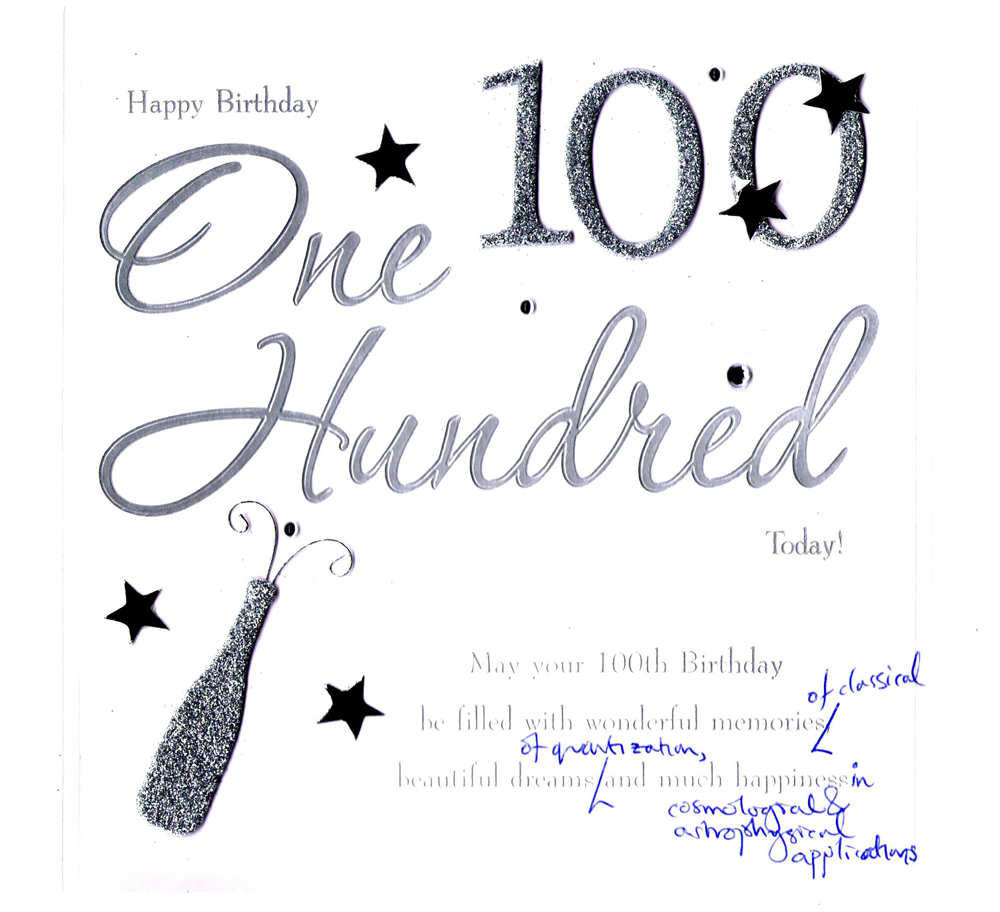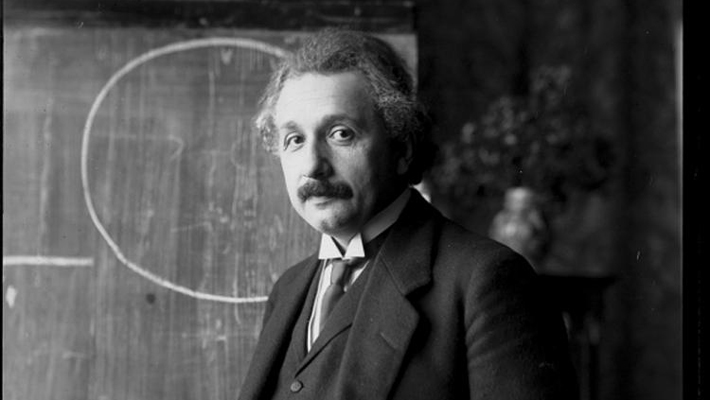GR group/CTC celebrates 100 years of general relativity
November 2015 marks the centenary of Albert Einstein first presenting his theory of general relativity to the Prussian Academy of Science. This was one of the most significant events in the history of astrophysics and cosmology, providing as it did our current understanding of gravity as a force arising from the curvature of space and time.
One of the predictions the theory makes is the deflection of starlight by the sun. When this was confirmed observationally by the Cambridge astronomer Arthur Eddington during a solar eclipse in 1919, it instantly made Einstein the most famous scientist on earth. The theory’s prediction of an expanding universe was confirmed by Edwin Hubble and others in the 1920s. General relativity also implied the existence of black holes, which became a major field of research and many of the most important insights about which we owe to Stephen Hawking and other scientists who have worked in Cambridge.
Einstein’s theory also predicted the existence of gravitational waves, ripples in spacetime created by the movement of massive objects. In the next few years we hope to observe these phenomena directly through experiments such as LIGO, and CTC scientists are playing their part in this research, making testable predictions of direct relevance to these experimental efforts.
The greatest unanswered question about general relativity is how it can be reconciled with the twentieth century’s other great revolution in physics, quantum mechanics, which deals with processes at the atomic and subatomic level. The most popular candidate to unite the two branches of physics is string theory, another important area of research at the CTC.

Cambridge philosopher Professor Jeremy Butterfield sent the GR group a card marking the centenary of general relativity.


